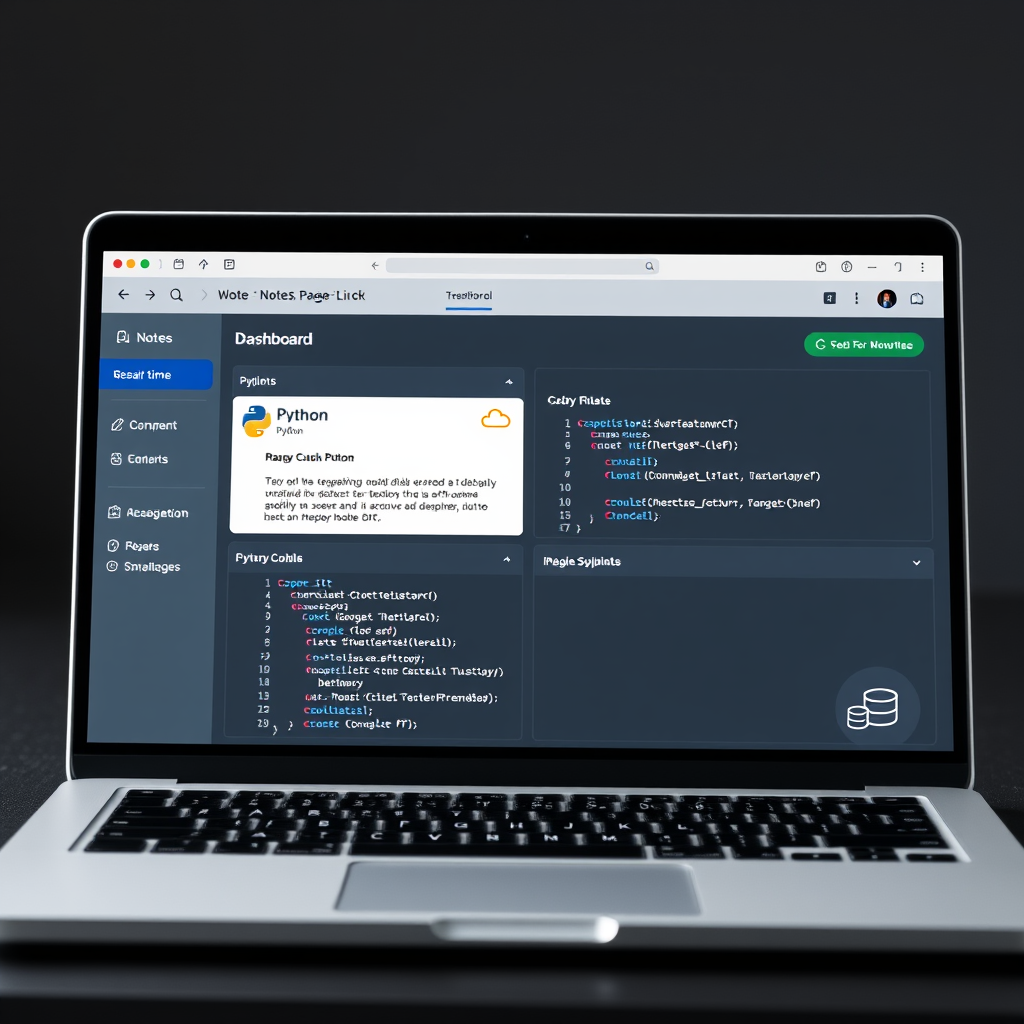
Introduction
The world of artificial intelligence has long been fascinated by the challenge of creating moving images that feel natural, coherent, and engaging. Traditional approaches to video synthesis often relied on assembling pre‑existing frames or applying post‑processing tricks to static images, which limited the fluidity and realism of the final product. Alibaba’s latest research, embodied in the Lumos‑1 model, marks a decisive shift away from these constraints. By adopting an autoregressive framework that constructs videos one frame at a time, Lumos‑1 learns to predict both the spatial layout of each frame and the temporal evolution that links them together. This dual focus allows the model to generate sequences that maintain consistency across time while preserving fine‑grained detail within each image. The implications of such a breakthrough are far‑reaching: from democratizing high‑quality content creation to enabling adaptive educational media, the technology promises to reshape how we produce and consume visual narratives.
The significance of Lumos‑1 extends beyond its technical novelty. In an era where video content dominates social media, advertising, and online learning, the ability to produce realistic footage on demand could reduce production timelines and costs dramatically. Moreover, the model’s capacity to generate content that is indistinguishable from human‑made media raises important questions about authorship, intellectual property, and the future role of creative professionals. Understanding these dimensions is essential for anyone interested in the intersection of AI, media, and society.
Main Content
Unified Spatial‑Temporal Architecture
At the heart of Lumos‑1 lies a unified architecture that treats spatial and temporal modeling as a single, inseparable process. Conventional video generators often separate the tasks of image synthesis and motion prediction, leading to artifacts such as jittery transitions or spatial inconsistencies. Lumos‑1, by contrast, employs an autoregressive decoder that conditions each new frame on all previously generated frames, thereby preserving a coherent narrative flow. This design ensures that the model learns long‑range dependencies, allowing it to maintain context over extended sequences and avoid the drift that plagues many generative systems.
MM‑RoPE and AR‑DF Innovations
Two key innovations underpin Lumos‑1’s performance: the Multi‑Modal Relative Position Encoding (MM‑RoPE) and the Autoregressive Diffusion Frame (AR‑DF) modules. MM‑RoPE extends the idea of relative positional embeddings to capture not only spatial relationships within a single frame but also the relative motion between consecutive frames. By encoding these relationships explicitly, the model can reason about how objects move, rotate, or transform over time, leading to smoother transitions and more realistic dynamics.
AR‑DF, on the other hand, refines the diffusion process traditionally used in image generation. Instead of applying a single diffusion step per frame, AR‑DF iteratively refines each frame in the context of its temporal neighbors. This iterative refinement allows the model to correct subtle errors that might accumulate over long sequences, ensuring that the final output remains faithful to the intended motion trajectory. Together, MM‑RoPE and AR‑DF enable Lumos‑1 to generate videos that exhibit both high spatial fidelity and temporal coherence.
Practical Implications Across Industries
The potential applications of an autoregressive video generator are vast. In entertainment, filmmakers could prototype scenes rapidly, adjusting camera angles or lighting in real time without the need for costly physical sets. Advertisers could produce localized video content tailored to specific demographics, generating variations on a base storyline with minimal manual intervention. In education, dynamic instructional videos could adapt to a learner’s progress, inserting explanatory segments or visual demonstrations on demand.
Beyond these high‑profile sectors, smaller creators stand to benefit as well. Independent artists and hobbyists could leverage Lumos‑1 to produce short films or animated sequences without extensive technical expertise. The democratization of video creation could foster a new wave of creative expression, allowing diverse voices to share stories that were previously out of reach due to resource constraints.
Ethical and Creative Considerations
With great power comes great responsibility. The ability to generate convincing video content raises concerns about misinformation, deepfakes, and the erosion of trust in visual media. Developers and policymakers must therefore consider safeguards such as watermarking, provenance tracking, and robust detection tools to mitigate misuse. At the same time, the technology invites a reimagining of the creative process. Rather than replacing human artists, autoregressive models like Lumos‑1 can serve as collaborative partners, handling the technical execution while creators focus on narrative, tone, and emotional resonance.
Conclusion
Lumos‑1 represents a watershed moment in the evolution of generative AI. By unifying spatial and temporal modeling within an autoregressive framework, the model achieves a level of realism and coherence that was previously unattainable. Its innovations—MM‑RoPE and AR‑DF—provide a blueprint for future research, suggesting that the next generation of video generators will continue to blur the line between human and machine creation. While challenges remain—particularly around ethical deployment and the preservation of creative agency—the potential benefits are undeniable. From accelerating production pipelines to enabling personalized learning experiences, Lumos‑1 opens a new frontier where high‑quality video is no longer a luxury but an accessible tool.
Call to Action
If you’re a content creator, educator, or simply fascinated by the possibilities of AI‑driven media, I invite you to experiment with Lumos‑1 or similar autoregressive models. Explore how they can streamline your workflow, inspire new storytelling techniques, or even serve as a springboard for interdisciplinary projects. Share your experiences, insights, or questions in the comments below—let’s build a community that pushes the boundaries of what video generation can achieve together.


